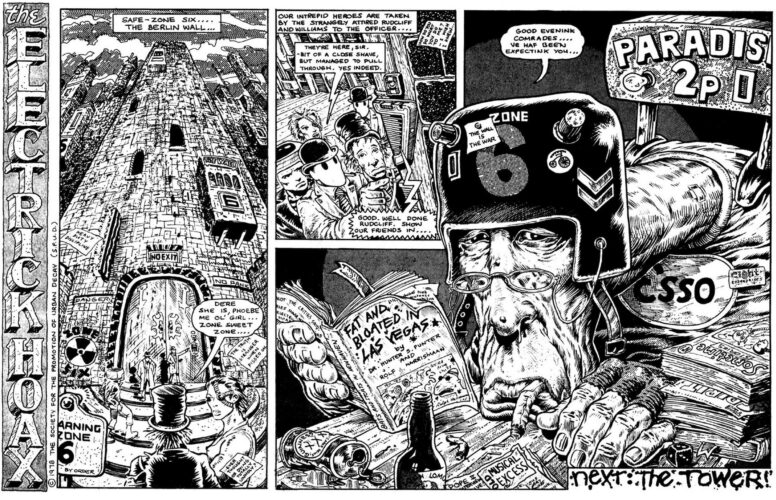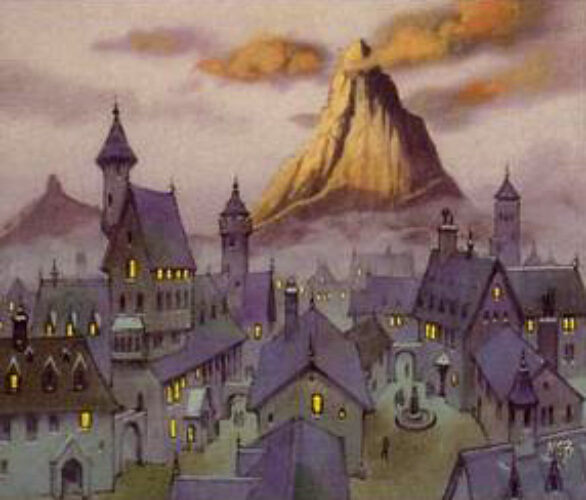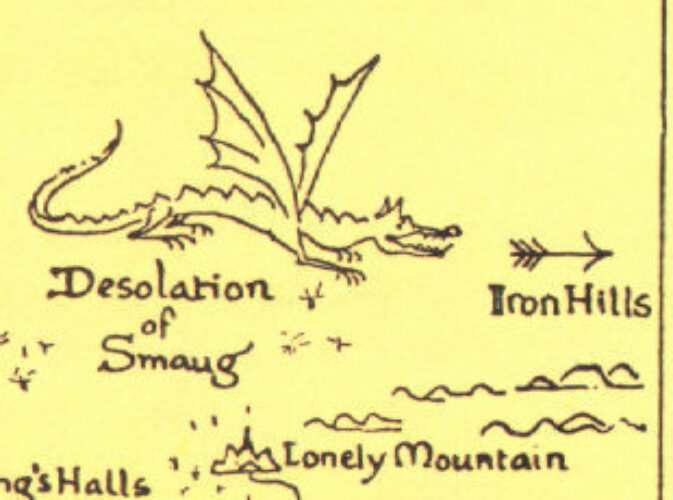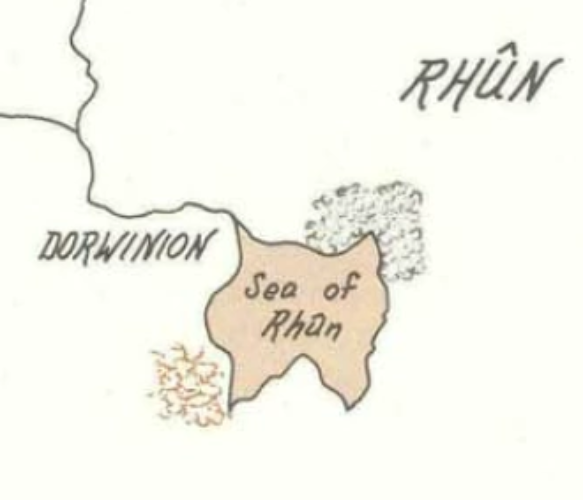America a Prophecy 1: Exegesis
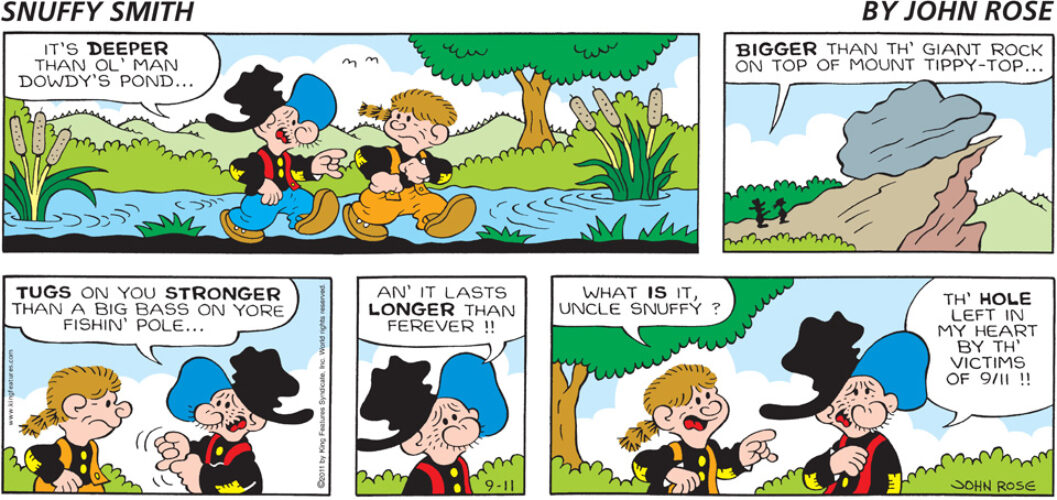
America a Prophecy is a new ongoing blog series on Eruditorum Press. It will post annually.
On September 11th, 2011, ten years after the events generally known as 9/11, one of the most extraordinary uses of the comics medium ever appeared in the newspaper strip Barney Google and Snuffy Smith.
As a practitioner of a magical/critical practice that I have coined psychochronography, it is my belief that one can position any cultural object at the center of one’s vision and, through sufficiently thorough exploration of it, understand the larger world in which it exists. To this end, I propose that we explore this genuinely astonishing work of comics art in order to understand the whole of America in the 21st century.
Let us begin with a rigorously tight perspective, understanding the comic strictly on its own formal terms. First of all, the plot: Snuffy Smith has taken his nephew Jughaid on a walk. There is a clear sense of motion in this: the Smiths are in different locations in every panel. At a minimum, they walk the length of Ol’ Man Dowdy’s Pond, reach the base of Mount Tippy-Top (which may well lie more or less immediately at the end of the pond), and then return along the opposite bank of the pond. This theory, which we might call the Short Walk Hypothesis hinges on the idea that the tree in the final panel is the same one as the first panel, only displayed from the other side. This is supported by the fact that both trees constitute a trunk splitting into two branches, one larger and one smaller, and that the smaller one is on opposite sides of the tree in each panel.
This hypothesis, however, requires placing a potentially undue amount of faith in the belief that John R. Rose can draw a significant enough variety of trees to make this visual comparison worthwhile. Beyond the tree, the visuals do not in fact quite line up: the shrubbery between the Smiths and the tree in the final panel does not appear to exist on the far bank of the first panel, while the shrubbery that is visible in the first panel is not visible in the last. This would seem to point towards what we might call the Long Walk Hypothesis, in which the Smiths’ journey constitutes a more extensive traversal of Hootin’ Holler akin to the famous carriage tour of London in chapter four Alan Moore and Eddie Campbell’s From Hell, in which William Gull, the figure Moore chooses to pin the Jack the Ripper murders on, directs a coach tour of London in which he explains a mystical history of London in a manner familiar to practitioners of psychogeography. Similarly, Snuffy’s account of his grief constituting an extended allegorical narrative related as he and Jughaid visit various physically disparate landmarks.
The Long Walk Hypothesis raises significant questions about the passage of time, however. Snuffy’s lecture simply does not seem to be long enough to play out over an entire day, hence the temptation towards the Short Walk Hypothesis.…



